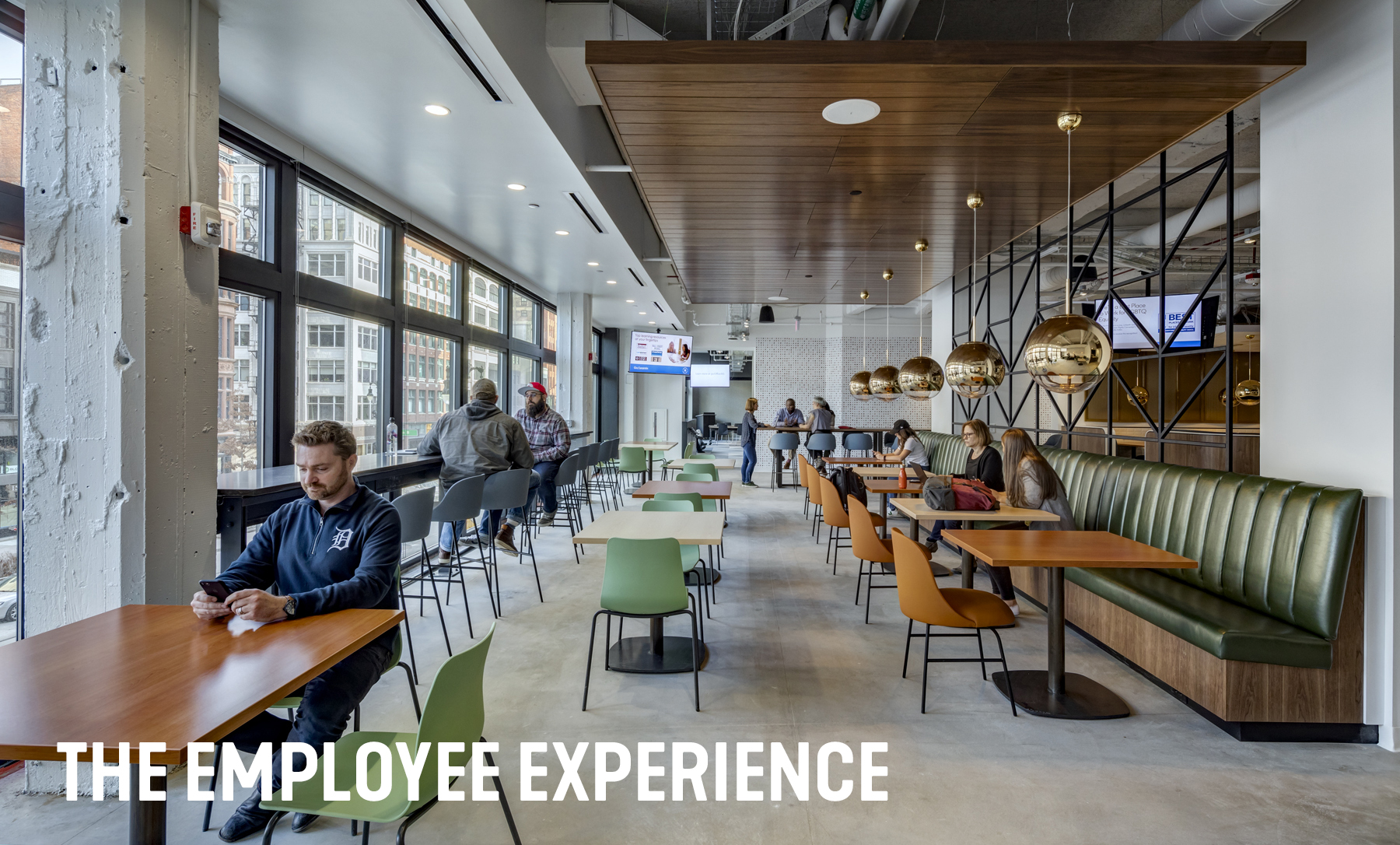Redefining the High Performing Workplace: The Employee Experience
Employees are the cornerstone of every business. From the moment that an employee first comes in contact with an organization, each interaction, tool, touch point, and process has an impact on that individual’s journey with the company. It should come as no surprise that entities like Google, Intuit, Under Armour, Mercer, Marsh, and General Motors – which were among participants in the SmithGroup-sponsored Fall 2019 workshop, and all of which invest heavily in their employee experience – are considered great companies for which to work. In addition, these organizations are more in-demand among applicants and are seen as having a strong culture of innovation. So, how can other organizations model the practices of these companies and improve their own employee experience? Consider the following:
DESIGN OF THE WORKPLACE
The design of a company’s workplace can have a substantial impact on employee experience. Observation studies and research conducted by SmithGroup’s design experts and workplace strategists suggest that having a workplace that enables creative ideas to flourish, empowers employees to realize these ideas, and promotes collaboration to implement these ideas increases the likelihood that employees will have a positive experience working for this enterprise.
To help promote a positive employee experience, companies can:
- Integrate a range of spaces that are conducive to sparking creativity and collaboration. Offering employees the choice to work from a range of environments – from small and mid-sized meeting spaces with reconfigurable furniture to accommodate a variety of uses, to in-house cafes, lounge areas with a range of seating options, and even quite “cell phone free” zones – contributes to the creation of a richer workplace where creativity and interaction thrive and employees feel more satisfied and connected to their company.
- Provide quiet areas for concentration. Through research, direct feedback, and observational studies, SmithGroup design experts understand that space for focused, heads-down work is a top “want” among employees and necessary for activities that require concentration.
- Create and capitalize on spaces for chance encounters. Great ideas and solutions don’t always come from planned meetings. Designing a building to include space where people naturally intersect enhances innovation and serendipitous conversation that can lead to groundbreaking concepts.
- Understand the value of “un-focus” spaces. Top-rated companies with exceptional employee experiences embrace the idea that teammates occasionally need to relax and unwind. Those that include spaces that allow staff to break out of work mode for a bit and recharge often report higher levels of employee productivity and increased staff satisfaction.
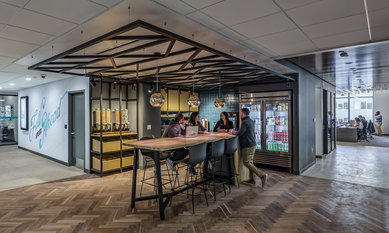
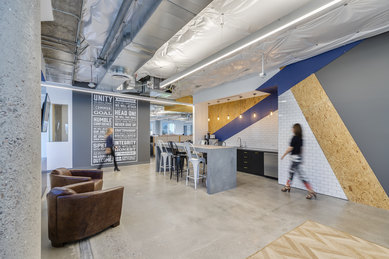
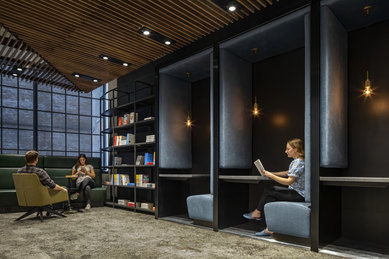
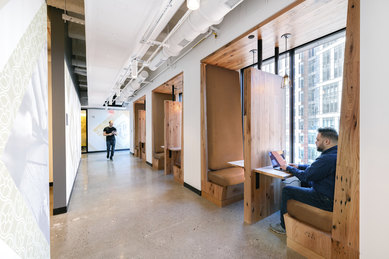
INTERESTED IN LEARNING MORE? CHECK OUT THE FOLLOWING ARTICLES:
Is Celebrating Brand & Culture Enough?
Change Management is the Key To Successful Office Design
Chasing Productivity and Innovation: Can the Workplace Get Us There?
Moving Beyond Productivity – Key Elements That Boost Innovation
The Great Outdoors: Driving Organizational Design Success Through Meaningful Office Design
